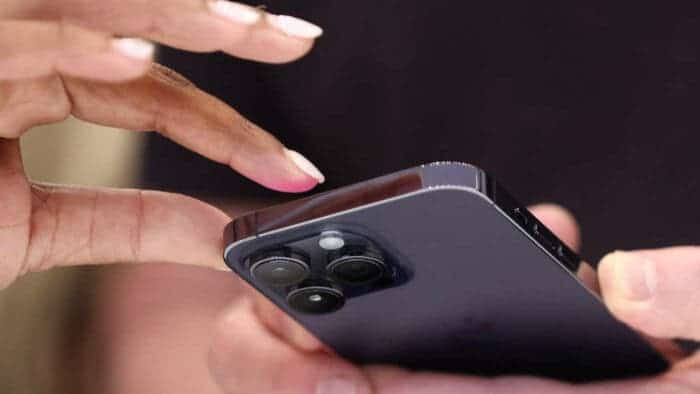This year, it may not be easy for you to find a reason to change your phone, but manufacturers don’t think so. Smartphones with satellite connections are slowly becoming a new trend in the market. Over the past few days, we have had the Huawei Mate 50 series as well as the Apple iPhone 14 series. These series have one thing in common, they both support satellite connections. The satellite connections for smartphones is one of the coolest technology for smartphones this year. However, there are some important questions that users need to ask. Can a smartphone connect to the internet? Is it easy to use? How to use this connection? What is the market outlook? This paper looks at some of these questions.
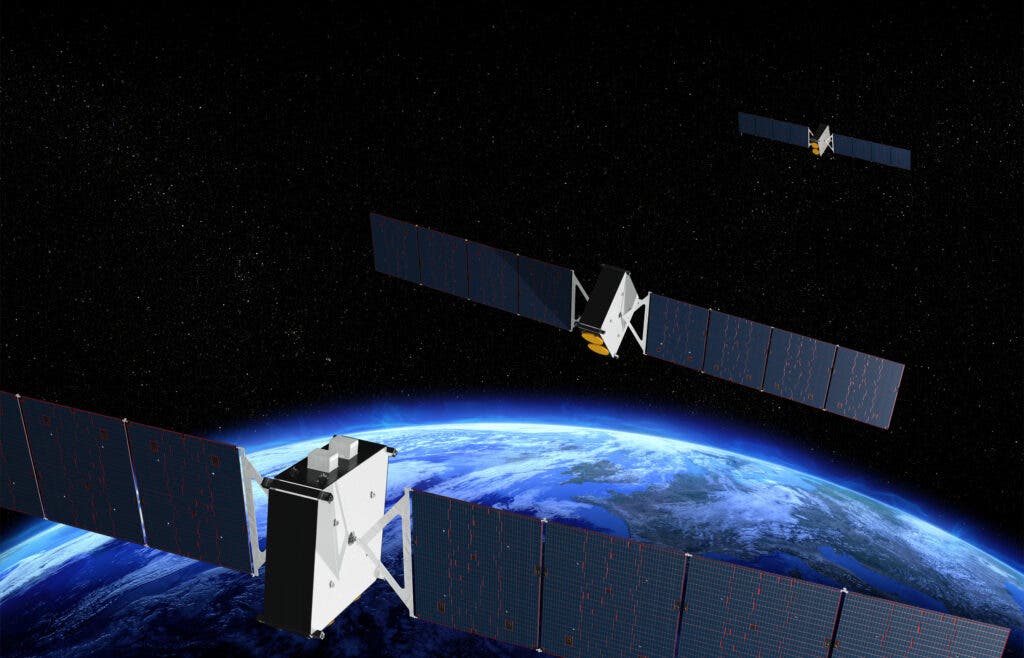
A “Small Step” for Smartphone Makers
Let’s first look at what Huawei satellite connections offer. According to the company, the Huawei Mate 50 can send “short messages” (but not receive) by connecting to Beidou satellites. It will work only using the Huawei “Changlian App” and it works without a mobile network. Huawei’s technology originates from the “Mobile Beidou Short Message Communication RF Baseband Integrated Chip” released on July 30 this year. However, when a mobile phone uses this chip and directly connects to satellites, the main usage scenario is exploration and rescue positioning, not talking. After all, the main function of the Beidou system is positioning and navigation, not communication.
On Apple, the satellite connections on the iPhone 14 series focus on security. When there is no mobile signal and no high obstacles, users can select the option through Apple’s own Find App. In 15 seconds to a few minutes, it will connect directly to the satellite, and then switch back to the ground base station and relay station. This way, the ground voice call emergency centre can receive the information.
The direct satellite connection function of mass consumer smartphones is only a small step. Whether the future can take another big step depends on whether the following goals can be achieved:
- Directly connect to satellites, high-speed and stable all-weather access, to achieve two-way high-throughput communication.
- A stable and large-scale business model between smartphones and satellite service providers.
- Similar to terrestrial mobile communication service providers, there are different constellations of communication satellites to choose from.
But at present, there are a lot of technical problems to be solved in order to realize the above sci-fi scene.
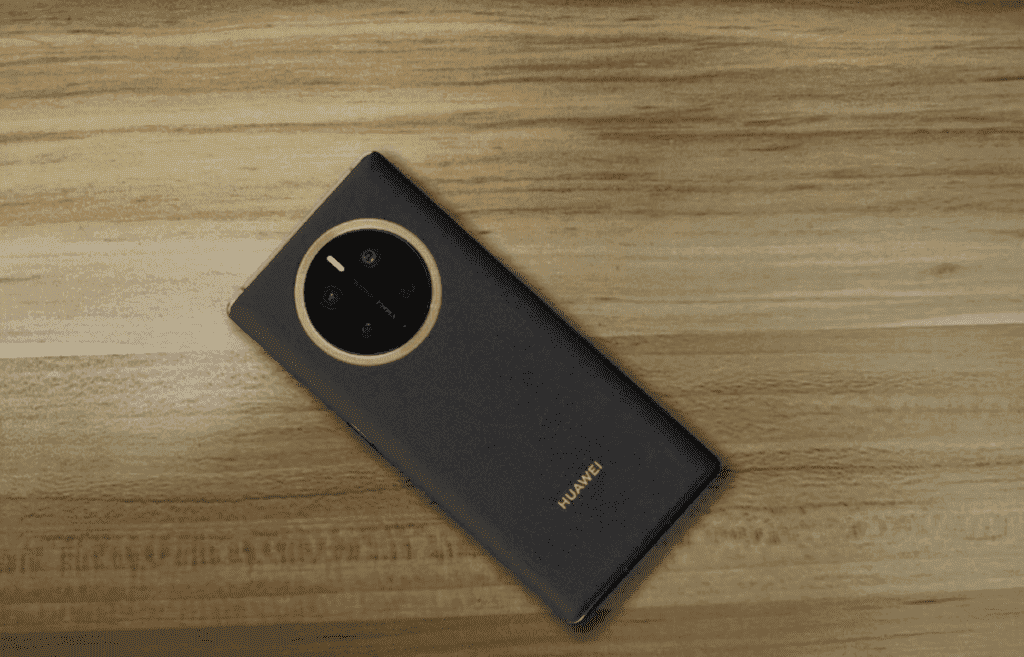
Technical route for satellite connections
There are some technical routes for smartphones to directly connect to the satellite. Each route has its own difficulties and four key issues:
1. Frequency band problem
The frequency band to use remains one of the issues with satellite connections. Although the Ka frequency band has a low-orbit constellation plan, there is no actual satellite application. The application potential of the Q/V frequency band is under development. In addition, smartphones do not support the communication satellite frequency band for the time being. The situation requires either re-customizing the smartphone or let the satellite use part of the 5G frequency band.
Secondly, how to use it. The satellite-specific frequency bands and protocols are different from the terrestrial cellular frequency bands. It is currently difficult to use these frequency bands Ku, Ka and Q/V to directly connect mobile phones with satellites. There will also be cross-interference in mobile communication, and even the mobile 4G/5G standard needs modification.
2. Issue of balancing costs
No matter which technical route is adopted, the cost balance between satellites and mobile phones must be considered. The price of mobile phones is too high and consumers cannot afford them. Lin Baojun, the chief designer of Beidou-3 system satellites, claims that whether smartphones can directly connect to the satellite mainly depends on the satellite. He said, “if the satellite has a lot of power and energy, the mobile phone can receive the satellite signal”. But this also leads to huge power consumption, weight and antenna size of the satellite.
3. Antenna problem
At present, mobile phones have built-in antennas. It is not difficult to increase the transmission power when the satellite transmits signals to the mobile phone. However, when the mobile phone transmits signals to the satellite, it is not only difficult to achieve. There are also strict restrictions on the transmission power of the mobile phone.
4. Docking of mobile phones and satellites
According to “China Electronics News”, the satellite moving too fast, Doppler effect caused by radio signal frequency and phase changes will be difficult problems. Taking the high-speed rail in an area with sparse signal towers, the mobile phone network is always intermittent. This is because people move too fast with the high-speed rail and there are too few signal towers. Similarly, the density of communication satellites should be as many as the signal towers. The mobile phone will have a good experience if it directly connects to the satellite.
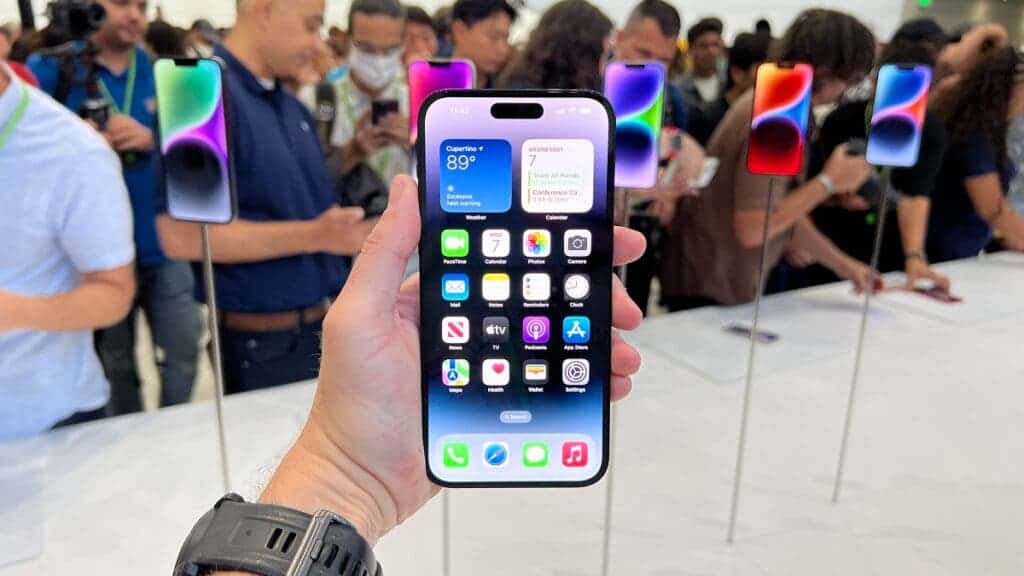
Satellite connections can not work for short videos
The bandwidth of communication transmission depends on the transmission frequency, the higher the signal frequency, the faster the data transmission rate. However, under the premise of given transmission power, the higher the signal frequency, the shorter the transmission distance. Therefore, satellites with communication functions, especially high-throughput communication functions, are mostly low-orbit satellites (orbit altitude 200km~2000km).
Low-orbit small satellite constellations are the mainstream of satellite communications due to their small power requirements. They also have simple launch methods and low investment costs. But the power of small satellites is limited, and users must rely on special ground receiving equipment to use these companies’ satellite Internet. This means that the satellite connection for smartphones is not enough for users to browse the internet.
Can satellites in higher orbits communicate?
Beidou satellite is a typical medium-orbit earth satellite (MEO), but the main function of the Beidou satellite is navigation. The communication function is much simpler. Short message is a primary satellite communication service provided by the Beidou system. Terminals have specific chips that can send and receive text, voice or small pictures in both directions through Beidou satellites. This service is mostly used in emergency disaster relief, ocean communications and other scenarios that cannot be covered by ground base stations.
Medium-orbit satellites are located at a distance of 2000km to 35,786km from sea level and are mainly used to build large-scale navigation system satellite constellations. Large-scale global navigation systems such as GPS, Beidou, GLONASS, and Galileo are all located in medium orbits.
At present, only O3b is a medium-orbit communication operator, and it mainly provides broadband access services for various operators or group customers with limited access to the ground network. Thuraya, which is the same name as Iridium is located in a higher geosynchronous orbit (GEO, 35,786 km from sea level, and a radius of 42,164 km from the center of the earth). However, the medium and high orbit satellites are far from the ground, so the communication bandwidth is not high and the transmission delay is large. Thus, it is very difficult to use them for direct connection to consumer smartphones.
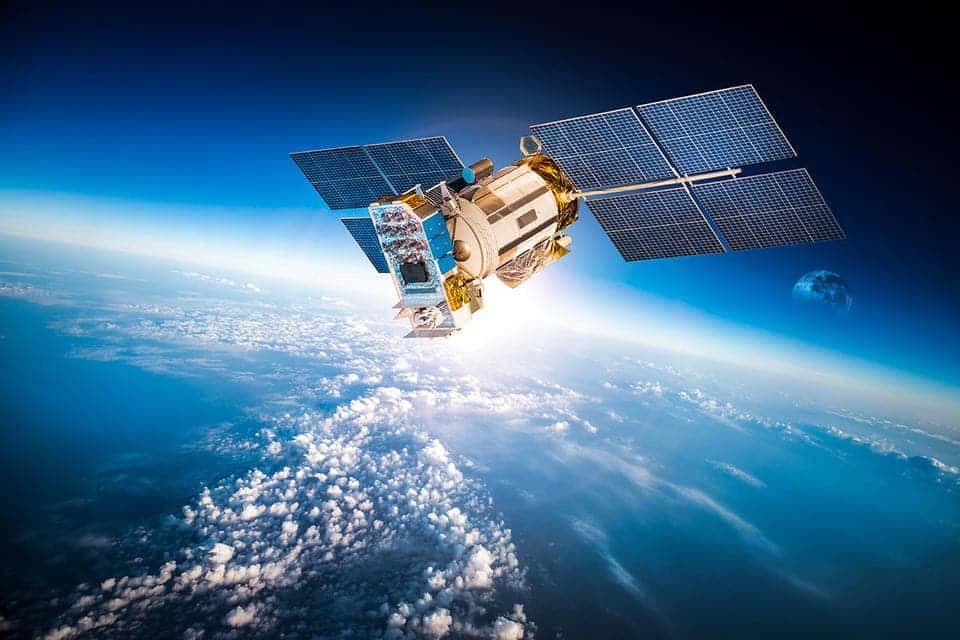
To break through, not to hype
“Mobile phone with satellite” is of course a sexy and eye-catching concept, but we should examine its commercial potential with a rational attitude, rather than being misled by the temporary market hype.
The current estimates of the market size of satellite Internet are quite confusing. The results given by different calibers and institutions vary greatly.
Morgan Stanley is the most optimistic, predicting that the global satellite Internet market size is expected to reach $45.426 billion in 2030. But other more conservative expectations are only $17.431 billion to $18.59 billion, the gap is quite large. For a more cautious short-term forecast, it is expected that by 2026, the size of the market will reach $6 billion to $8.1 billion US, there is a big gap between 2030 and the aforementioned forecast.
In simple terms, the use of satellite connections on smartphones is not as simple as the brands make it sound. It is also not a seamless process and it is not as easy as dialling a number on your smartphone. There are technical issues with satellite communications when turning to more conventional and broad basic application scenarios. Obviously, in the absence of sufficiently powerful satellites, “satellite Internet” can only be regarded as a supplementary route at most.
The demand for satellite Internet comes from remote areas that are difficult to reach with the traditional network coverage. Ordinary residents who rely on satellites instead of optical fibers to access the Internet are relatively limited. This reduces the demand for satellite Internet to a certain extent. Analysis by overseas institutions.
What can satellite smartphones really do?
Another key question is what can users do with phones that can connect directly to satellites. At present, satellite communication cannot meet the basic needs of ordinary mobile Internet users. In most cases, smartphones with satellite connections can only support sending and receiving short messages. This function will only be useful in times of specific needs. Even at such situations, the reliability of the feature can not be guaranteed. For ordinary users, the satellite function may never be used. It is obviously too early to consider the satellite connection as a feature to drive the market.
We can say that “satellite Internet” is an important supplement to traditional network services. However, saying that it will form a large-scale replacement for the existing network service coverage model will undoubtedly exaggerate its actual function and commercial potential.

